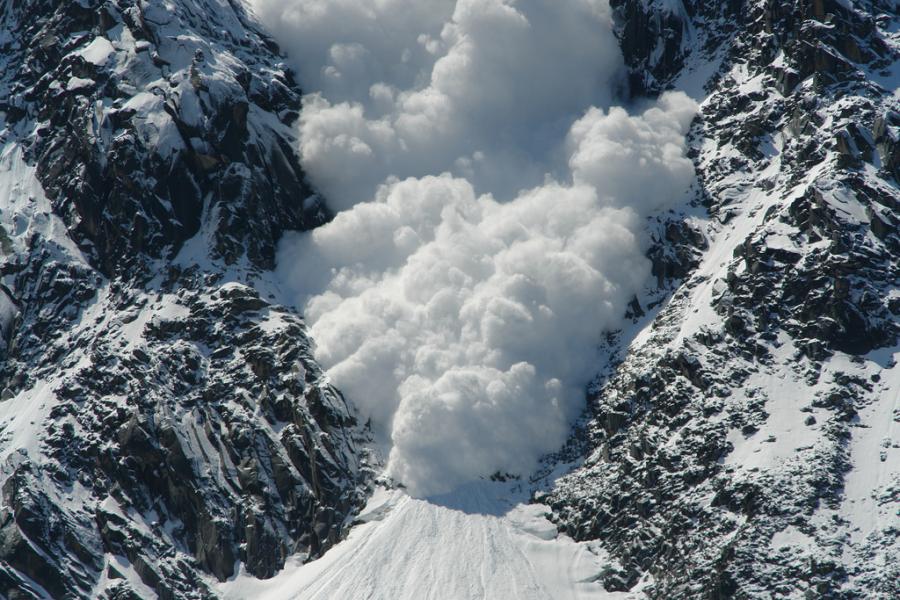
We just had the deadliest week of avalanches in more than a century with at least 15 people killed in avalanches from Jan. 31 to Feb. 6 in six different states (Utah, Montana, Colorado, California, Arkansas and New Hampshire).
Yes! The U.S. just saw the deadliest week for avalanches in more than 100 years.
Last week’s grim death total was the most in a seven-day period since March of 1910, when an avalanche swept away two trains in Wellington, Wash. and killed 96 people.
On Saturday, four skiers were killed in the backcountry of Utah’s Millcreek Canyon areas and four others were injured in a skier-triggered avalanche. The fatalities tied for the highest-known death toll for an avalanche in Utah. An avalanche near Moab’s Gold Basin killed four people in 1992.
In total, 21 people have died in avalanches across the country during the 2020-2021 season as of Monday. Last season, a total of 23 people died in avalanches and the U.S. typically sees an average of 27 deaths each year.
In Colorado, more than 500 avalanches have been reported since Jan. 30. One skier was killed on Thursday while skiing in Colorado’s East Vail Chutes. On Feb. 1, four backcountry skiers were buried southeast of Opihr, in an area known as The Nose. Three men were killed and one was rescued.
Every time we get another snow or wind event and we put more weight on the snowpack, we get avalanches. And just because that underlying weak layer — the snow that fell in October — is now really, really weak, those avalanches are both very easy to trigger and they’re also breaking very wide across terrain features.
Do you think that Corona drives more people to engage in recreation outdoors? How do you explain otherwise this sharp increase in death-related snow avalanches? Just bad luck? More on Avalanche and The Hill.
Now subscribe to this blog to get more amazing news curated just for you right in your inbox on a daily basis (here an example of our new newsletter).
You can also follow us on Facebook and/ or Twitter. And, by the way you can also make a donation through Paypal. Thank you!













I skied Utah for at least 40 seasons. Usually, the ski patrol men take out the mortars, and trigger avalanches on purpose to ensure safety.
Usually, they close off dangerous slopes too. If you ever get swept up in an avalanche, you can use your ski pole to poke a breathing hole. That’s what I was told back in the 70s.